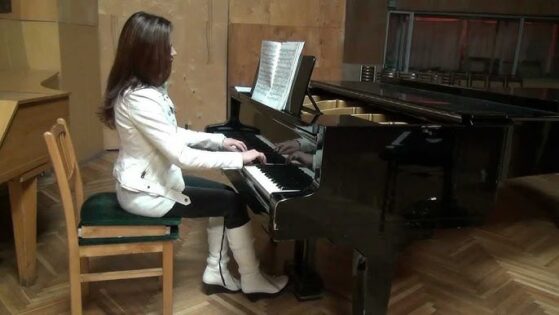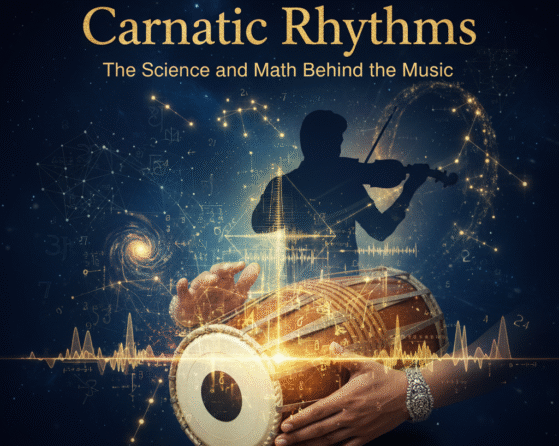Balancing Piano and Singing in Worship
Introduction
In worship settings, the integration of piano and vocals creates a harmonious blend that elevates the overall experience, guiding congregants into a deeper spiritual connection. Balancing piano and singing is not merely about synchronizing two elements but rather about creating a cohesive atmosphere that enhances the worship experience. This guide aims to provide valuable insights into effectively balancing piano accompaniment with singing during worship services.

Understanding the Role of Piano in Worship
The piano serves as both a melodic and harmonic foundation in worship music. It supports the vocalists by providing a robust accompaniment that can enrich the texture of the performance. Here’s how the piano contributes to worship:
Harmonic Support: The piano supplies the chordal structure that underpins the melody. This harmonic support is crucial for maintaining tonal stability and providing a fuller sound.
Dynamic Control: The piano allows for dynamic variation, which helps to convey the emotional depth of the music. Soft passages can create introspective moments, while powerful crescendos can build excitement and engagement.
Rhythmic Foundation: Through rhythmic patterns and tempo control, the piano sets the pace and keeps the congregation in sync with the music. A steady rhythm is essential for cohesive performance and participation.

The Art of Balancing Piano and Vocals
Balancing piano and vocals involves several key considerations to ensure both elements complement each other seamlessly. Here are some strategies to achieve this balance:
Dynamic Balance: Ensure that the piano accompaniment does not overpower the vocals. Adjust the piano’s volume to match the singer’s dynamic level. In quieter passages, play more softly, and in louder sections, increase the intensity while maintaining clarity.
Texture and Voicing: Adapt the piano’s texture to suit the vocal range and style. For instance, use simpler, open voicings when the vocal melody is complex, and more intricate voicings when the vocals are straightforward. This helps in maintaining a clear and supportive accompaniment.

Avoiding Overpowering: Be mindful of how the piano interacts with the vocals. Avoid complex or busy patterns that may distract from or compete with the singer’s voice. Instead, aim for a supportive role that enhances the vocal performance.
Rehearsal and Coordination: Regular practice sessions are crucial for achieving a balanced performance. During rehearsals, focus on coordinating timing, dynamics, and articulation between the piano and vocals. This collaborative approach ensures that both elements work together harmoniously.
Using Pedals Wisely: The piano pedals, especially the sustain pedal, can greatly impact the overall sound. Use the pedals to blend harmonies and create a smooth, cohesive sound, but be cautious not to overuse them, as this can muddy the clarity of the vocals.

Practical Tips for Effective Performance
Establish Clear Communication: Communicate with the vocalists to understand their preferences and needs. Discuss aspects such as tempo, dynamics, and any specific requirements they may have. This will help in tailoring the piano accompaniment to their style.
Adjust for the Venue: Consider the acoustics of the worship space. In larger venues, the piano might need to be played more forcefully to ensure it carries over the congregation. In smaller spaces, a more subdued approach may be more appropriate.

Incorporate Worship Dynamics: Tailor your playing to match the flow of the worship service. For moments of quiet reflection, use softer, more delicate playing, while for celebratory or uplifting moments, employ a more energetic and vibrant style.
Support the Congregational Sing-Along: When leading congregational singing, focus on playing in a way that encourages participation. Use clear, steady rhythms and moderate dynamics to support the collective singing without overshadowing it.
Use Pedal Techniques Thoughtfully: The sustain pedal can help in blending harmonies and creating a smooth sound. However, use it judiciously to avoid blurring the vocals and losing clarity.

Conclusion
Balancing piano and singing in worship is an art that The Mystic Keys embraces fully. Our approach emphasizes sensitivity, practice, and a profound understanding of musical elements. By focusing on dynamic balance, texture, and communication, we help pianists support vocalists effectively, creating a spiritually enriching worship experience. With thoughtful coordination and meticulous attention to detail, The Mystic Keys guides you in achieving a harmonious interplay between piano and vocals, crafting a powerful and uplifting worship environment.
For more information and exciting resources about learning music, visit our website at The Mystic Keys. For more music content and exciting offers follow us on
Facebook, Instagram, YouTube, LinkedIn, Twitter, Pinterest, Reddit, Threads and Quora. Together, let’s transform the way we express our faith through the power of music!








